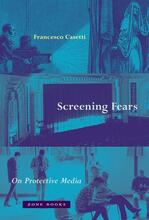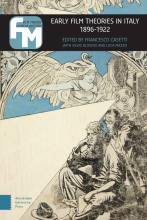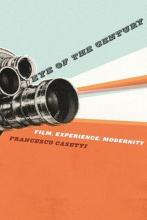Francesco Casetti
Biography
Francesco Casetti currently teaches courses on Semiotics, on Film and Media Theories, on Post-Cinema and Technical Images, and on Media and Space. He is the author of six books, translated into (among other languages) French, Spanish, Czech, and Korean; he is also co-author of two books, editor of more than ten books and special issues of journals, and author of more than sixty essays.
During the 1970s and 1980s, his research was mostly focused on semiotics of film and television, in particular about genres, intertextuality, and enunciation. His major achievement was an extensive study on the implied spectator in film (Inside the Gaze, Indiana, 1999, or. 1986) and an edited book on television and its imagined audience (Tra me e te, 1988). During the ‘90s he increasingly moved toward an original combination of close analysis and ethnographic research of actual audiences, introducing the notion of “communicative negotiations” (L’ospite fisso, 1995, on media consumption in 32 Italian families, and Communicative Negotiation in Cinema and Television, 2002, on the idea of “communicative pact” and “communicative situation”). In the 2000s Casetti explored the role of cinema in the context of modernity and the decline of cinema in the electronic age in two award-winning books. Eye of the Century. Film, Experience, Modernity (Columbia, 2008, or. 2005) suggests that cinema was crucial in negotiating between the opposite trends of modernism, like the focus on language and the desire of immediacy, or the fascination for machines and the preservation of human. The Lumière Galaxy: Seven Key words for the Cinema to Come (Columbia, 2015) interprets film’s current transformations as an ongoing process of ‘relocation’ of media in new physical and technological spaces. His last book (Screening Fears. On Protective Media, Zone Books, 2023) analyses the anxieties that media intercept, shape, and spread, as well as the fears that they raise, through an innovative archaeology of the screen, starting from the Phantasmagoria of 18th Century to the contemporary mobile handheld devices.
Casetti has also significantly written, and still writes, on film theories (Theories of Cinema. 1945-1995, Texas, 1999, or. 1993, and the anthology Early Film Theories in Italy. 1896-1922, AUP 2017).




